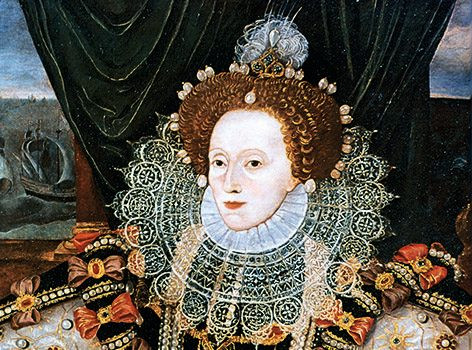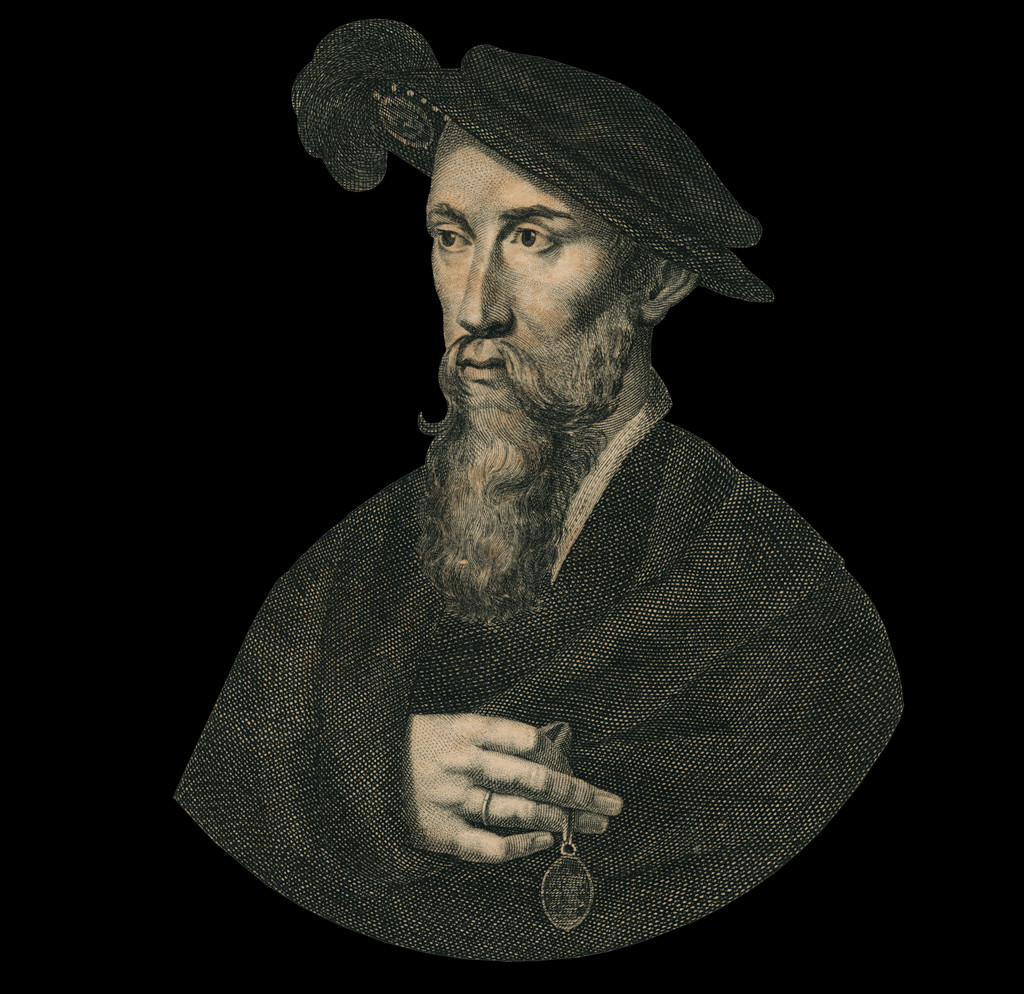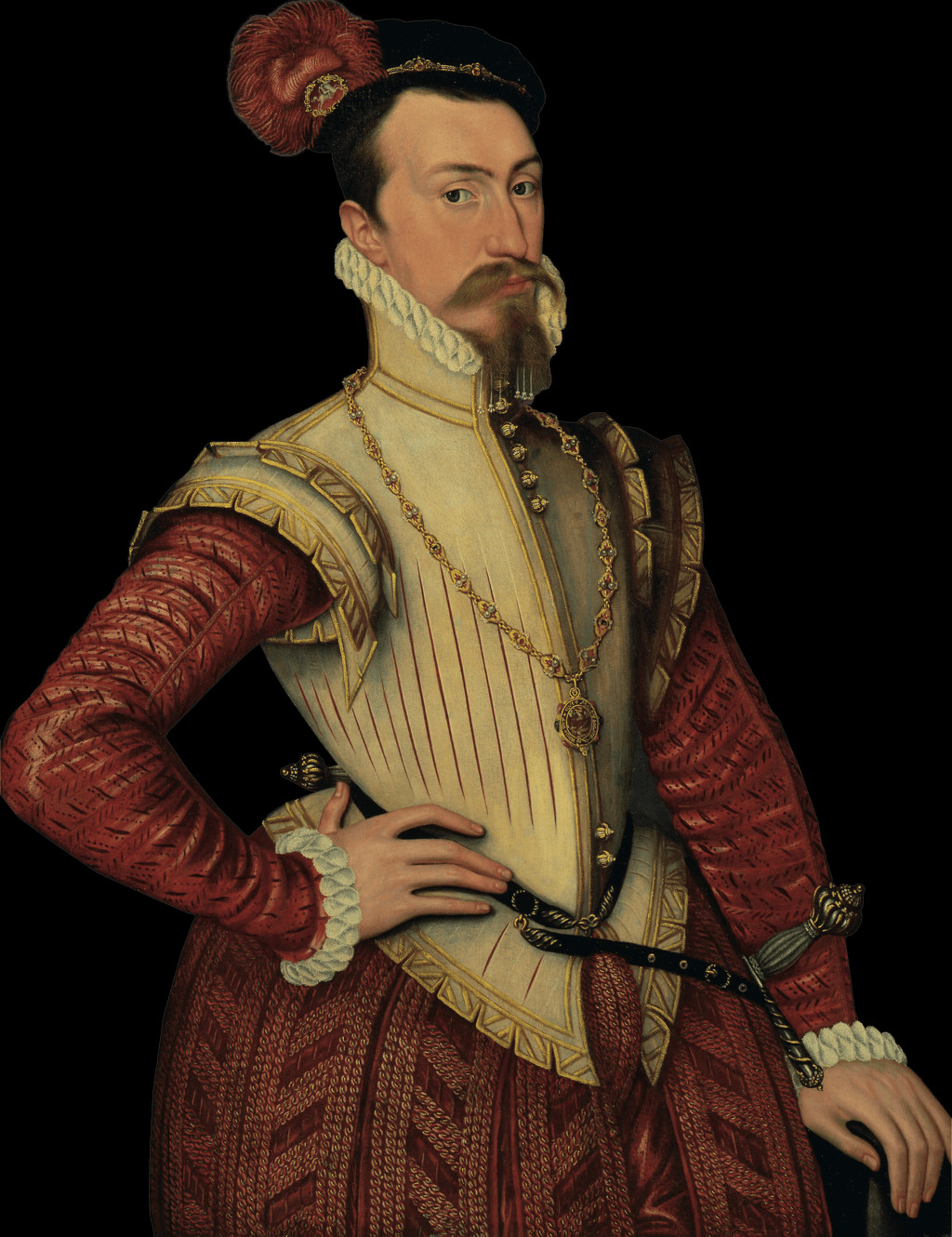The notion that Robert Dudley, a man with a lineage steeped in treason, could stand beside Queen Elizabeth I would have been appalling to many. Just four years prior, Leicester’s Commonwealth depicted him as a man consumed by “extreme ambition, pride, falsehood, and treachery,” born and bred in treason. Yet, every Tudor monarch, in their time, leaned on the Dudley Family for stability, support, and popular appeal. Members of the Dudley lineage were, at times, sacrificed to bolster the Tudor dynasty. Conversely, the Dudleys ascended to positions of immense power under Tudor favor, occasionally even appearing to rival the very monarchs they served. Theirs is a saga of intense passion, relentless ambition, brutal bloodshed, and profound love, with the crown as the ultimate prize and the executioner’s block a stark consequence of failure.
The Price of Pride
In April 1509, as Henry VII’s body lay lifeless in Richmond Palace, his ministers convened in hushed tones. With forced smiles, they ushered in their allies to deliver the news. The king’s demise signaled an opportunity for dramatic shifts in power. Entrenched adversaries could be eliminated if the political maneuvering was astute. Preeminent on this list of potential targets was a man who, on the surface, appeared insignificant: Edmund Dudley, a lawyer from a minor branch of a baronial family.
Edmund Dudley’s ascent was intrinsically linked to Henry VII. By 1504, he had become a key minister, instrumental in extracting wealth from the king’s subjects. Within a mere four years, he had amassed nearly £220,000 for the crown, equivalent to roughly £150 million today. He had also solidified his position through marriage to Elizabeth Grey, daughter of Viscount Lisle, with whom he had a son, John Dudley.
Alongside enriching the royal treasury, Edmund Dudley accumulated symbols of high status. He adorned himself in lavish black robes trimmed with crimson, silver, and gold, and doublets of purple velvet and shimmering satin. His Candlewick family home overflowed with silver plate, ornate candlesticks, and cups, all displaying the Dudley coat of arms.
 Queen Elizabeth I Portrait
Queen Elizabeth I Portrait
However, the resentment from those he had financially squeezed was palpable. As a contemporary chronicle noted, “He was so proud, it was easier to speak to the highest duke in the land than get an audience with Edmund Dudley.” Edmund disregarded this criticism, a fatal flaw that would lead to his downfall.
As King Henry VII’s health deteriorated in late 1508 and early 1509, Edmund’s enemies began to coalesce. Following the king’s death in spring, Edmund and his family found themselves vulnerable to those they had alienated. While the new King Henry VIII entered the Tower of London in preparation for his coronation in June 1509, Edmund Dudley entered the Tower as a prisoner, hoping the new monarch would recognize his past service.
Ultimately, Henry VIII made a decision that would define the relationship between the Tudor dynasty and the Dudley family for generations. Recognizing that his popularity hinged on the demise of the despised Edmund Dudley, he ordered Edmund’s execution, carried out on August 17, 1510. Henry VIII then swiftly spent the wealth Edmund had accumulated, building his reputation for swift justice and royal magnificence upon Edmund Dudley’s efforts and blood.
John Dudley, Edmund’s son, was approximately six years old when his father was executed by Henry VIII. Just over a decade later, he was in service to the very king who had killed his father, participating in diplomatic and military endeavors. This was largely due to his mother’s swift remarriage to Arthur Plantagenet, Henry VIII’s illegitimate uncle. As a boy, John Dudley was placed in the household of the Guildford family, who held significant court influence. Upon reaching adulthood, he married Jane Guildford, his childhood companion. Together, John and Jane Dudley would forge a powerful new generation of the Dudley family, having thirteen children, nine of whom survived to adulthood.
Throughout the tumultuous reign of Henry VIII and his numerous queens, John and Jane Dudley served diligently. They entered circles of power primarily through the patronage of Anne Boleyn and Thomas Cromwell, readily adapting to the evangelical currents of the Reformation. Their close ties to the Seymour family ensured continued favor under Henry’s third wife, Jane Seymour, and both John and Jane were appointed to the household of Anne of Cleves.
The rise of Katherine Howard and her traditionally conservative family briefly threatened their position, but not for long. John Dudley himself carried the incriminating confessions of Katherine Howard to the king. Jane Dudley proved to be even more adept than her husband at cultivating connections at court, and she counted Henry VIII’s final queen, Katherine Parr, as a close confidante.
John Dudley distinguished himself through military service, fighting in France twice, leading raids on the Scottish border, and defending England at sea as Lord High Admiral. Thus, as Henry VIII drew his last breath, the Dudley family stood alongside the Seymours, relatives of the new king, as one of the most influential families in the realm.
The Kingmaker’s Legacy
Upon Edward VI’s ascension, John Dudley was elevated to Earl of Warwick, a title that evoked the powerful earls of the preceding century, notably Warwick the Kingmaker, who had profoundly shaped the dynastic conflicts of the Wars of the Roses. Like those historical figures, John Dudley represented a military force capable of either enforcing or destabilizing a regime.
In 1549, he demonstrated this power. In defiance of Henry VIII’s will, Edward Seymour, Duke of Somerset and the new king’s uncle, had been appointed Lord Protector, ruling with kingly authority and tyrannical capriciousness. After suppressing Kett’s Rebellion against Seymour, Dudley marched his troops to London and deposed his former ally. At his trial, Seymour mounted a strong defense but admitted to having “considered” murdering John Dudley. He was executed on January 22, 1552, leaving John Dudley as the most powerful figure in England—Lord President of a council governing a 14-year-old king.
John Dudley became the most powerful man in the country, lord president of a council with a 14-year-old for a king, effectively controlling the Tudor court.
The subsequent events remain shrouded in ambiguity. Edward VI’s health deteriorated, and by spring 1553, his death appeared imminent. Facing his mortality, Edward altered the succession established by his father, bypassing his half-sisters, Mary and Elizabeth, and designating his cousin, Lady Jane Grey, as his heir. The motives behind this decision are complex. Jane Grey was a devout Protestant, aligning with Edward’s religious convictions and ensuring the continuation of his religious reforms, whereas Mary was a Catholic who would undoubtedly reverse them.
An even more pressing concern for Edward was the need for a Protestant, and crucially, a male heir. Mary and Elizabeth were both unmarried and therefore unlikely to produce a male heir quickly. Jane Grey, however, was recently married and potentially already pregnant with a prince. This is where the Dudley family’s ambition further complicates the narrative. Jane Grey’s new husband was Guildford Dudley, son of John Dudley.
 Edward Seymour, Duke of Somerset
Edward Seymour, Duke of Somerset
Guildford Dudley and Lady Jane Grey married in May 1553, as the king’s health declined rapidly. Did John Dudley manipulate the young king into altering the succession? Or did the headstrong Edward act independently, regardless of Dudley’s influence? Regardless, John Dudley and his family forcefully supported the new regime. As Jane Grey was proclaimed queen, Robert Dudley, another of John’s sons, was dispatched north to apprehend Lady Mary. However, Mary was a step ahead, already rallying her supporters. As it became evident that Mary would resist Jane Grey’s claim, John Dudley and his sons rode out to confront her in battle, but no battle ensued.
With the Dudleys absent from London, the council turned against them. John Dudley and his sons were arrested and imprisoned in the Tower. Like his father Edmund, John Dudley would hear celebratory cannon fire from within his prison walls, but unlike Edmund, he was imprisoned with his sons, with little hope for any of their survival into the new reign.
The family’s redemption would not come through John Dudley or his sons, but through his wife Jane Dudley and her daughters. Upon the arrest of her husband and sons, Jane Dudley made a desperate journey to seek an audience with Queen Mary, but she was refused. Distraught, she wrote to her friends, pleading for them to intercede with the queen’s new ladies on behalf of her “poor five sons” and “for their father who was to me and to my mind the most best gentleman that ever living woman was matched withal.”
However, Jane Dudley could not save John. He had become deeply unpopular, described as a “ragged bear most rank”—a reference to the Warwick bear and ragged staff emblem. His last-minute conversion to Catholicism, perhaps in a futile attempt to save himself or his family, only amplified his unpopularity. Catholics and Protestants alike united under Mary in their condemnation of the reviled duke. He was executed in August 1553, and six months later, Guildford Dudley and Lady Jane Grey followed him to the executioner’s block.
Yet, Jane Dudley persevered. When Mary I married Philip II of Spain, bringing a wave of Spanish nobles to the English court, Jane Dudley strategically ingratiated herself. Philip and his court needed English allies, and the Dudleys had everything to gain and nothing to lose by supporting the new Spanish consort and his courtiers. In her final will, Jane Dudley appealed to these new connections; the pardon for her sons is dated the very day of her death.
Inspired by their mother’s resilience, the surviving Dudley children faithfully served Philip II, notably fighting in the French war, where the youngest son, Henry Dudley, perished in 1557. They had also learned from their father and grandfather the critical importance of surviving the transition between monarchs. Mary I’s reign was nearing its end, and the astute courtiers began to align themselves with her likely successor, Elizabeth.
An Unlikely Protector
Just four years into Elizabeth I’s reign, in October 1562, the court once again found itself gathered around a royal deathbed. The queen had contracted smallpox, and her survival was uncertain. As her ministers deliberated the succession, Elizabeth’s lady-in-waiting, Mary Sidney, born Mary Dudley, anxiously watched.
Both potential heirs had Dudley connections. Catherine Grey, sister of Jane Grey, was a Dudley sister-in-law. Henry Hastings, Earl of Huntington, had married Katherine Dudley, Mary Sidney’s sister. However, as news emerged of Elizabeth’s instructions to her ministers as she faced death, it became clear that a Dudley was even closer to the throne. Elizabeth had reportedly named Robert Dudley “protector of the realm” and insisted he be granted £20,000 annually, approximately 10 percent of the crown’s yearly revenue.
 Robert Dudley, Earl of Leicester
Robert Dudley, Earl of Leicester
Much speculation has surrounded the precise nature of the relationship between Robert Dudley and Elizabeth I. Were they childhood friends? Did they meet during their shared imprisonment in the Tower under Mary I? Did Robert secretly support Elizabeth financially during Mary’s reign? Was the persistent talk of their marriage mere rumor? And, of course, did Dudley’s close relationship with the Virgin Queen suggest she was not so virginal after all?
In the same breath that Elizabeth named Robert Dudley protector, she also affirmed that nothing improper had ever occurred between them. Yet, she ordered an annual pension of £500 for the groom who slept in Robert’s chamber, prompting courtly speculation about the services rendered. Robert Dudley also reportedly provided gifts to members of Elizabeth’s chambers, presumably to facilitate access to the queen.
And access was indeed possible. As Elizabeth’s Master of the Horse, Robert Dudley was expected to be in close proximity to the queen. Just a year prior, Catherine Grey had secretly slipped from the queen’s chambers into Robert’s, seeking his protection after informing the monarch of her clandestine pregnancy. No one had noticed.
Elizabeth recovered, but she and Robert Dudley never married. Nevertheless, he served her devotedly for the remainder of his life, at significant personal cost. For years after the death of his first wife in 1560, Robert Dudley remained unmarried, confessing his desire to “leave some children behind me, being now the last of our house,” but prioritizing the need to maintain the queen’s favor, which marriage would jeopardize. The birth of an illegitimate son and a final rejection from Elizabeth led to a secret marriage, which produced only one son who died young.
In service to the Tudor dynasty, the Dudley family sacrificed not just another member, but potentially their very lineage. Robert Dudley died in 1588, shortly after Elizabeth’s speech at West Tilbury. Elizabeth herself died childless in 1603, and the throne passed to King James VI of Scotland, becoming James I of England. The house of Dudley and the house of Tudor had risen together, and in the absence of heirs, they effectively ended together.
Dr. Joanne Paul is a Senior Lecturer in Early Modern History at the University of Sussex. Her latest book is The House of Dudley, published by Michael Joseph.
This article was originally published in the May 2022 issue of BBC History Magazine
